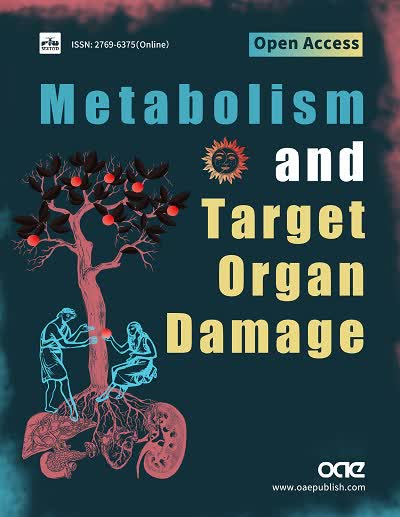fig6

Figure 6. H&E staining of liver sections. Sections from control mice after four (A) and eight weeks (B) after tamoxifen induction are depicted. Here, the single layer of epithelial cells is without surrounding fibrosis. In contrast, the lower panel shows in (C-F) kindlin-2-deleted mice with different degrees of periductular onion-skin type of fibrosis around the epithelial surface layer. Images in (C) and (D) were taken from animals four weeks after tamoxifen induction and in (E) and (F) from animals eight weeks after tamoxifen treatment. The layers of periductal fibrosis, also seen in Figures 4 and 5, vary in the kindlin-2 knockout mice, reflecting a multitude of histologic phenotypes. Comparable to human PSC, histologic lesions are spotty and consistent with different stages of PSC that can be present in a single liver simultaneously. There was no difference between the animals regarding serum markers of cholestasis and inflammation. Original magnification 100 x. Scale bars represent 50 µm. BD: Bile duct. PSC: primary sclerosing cholangitis.








